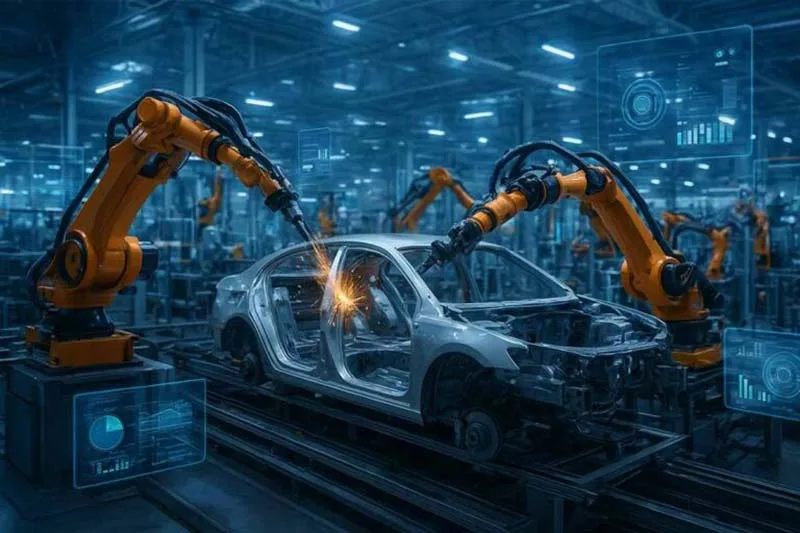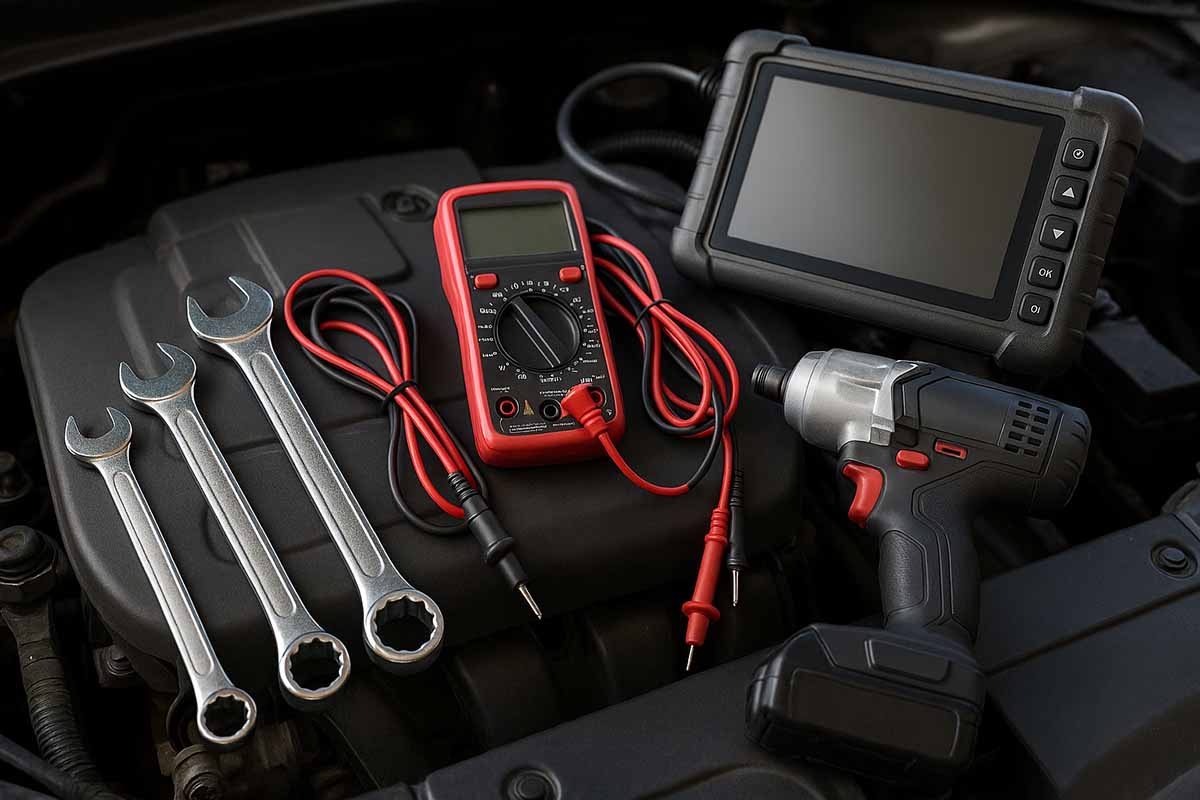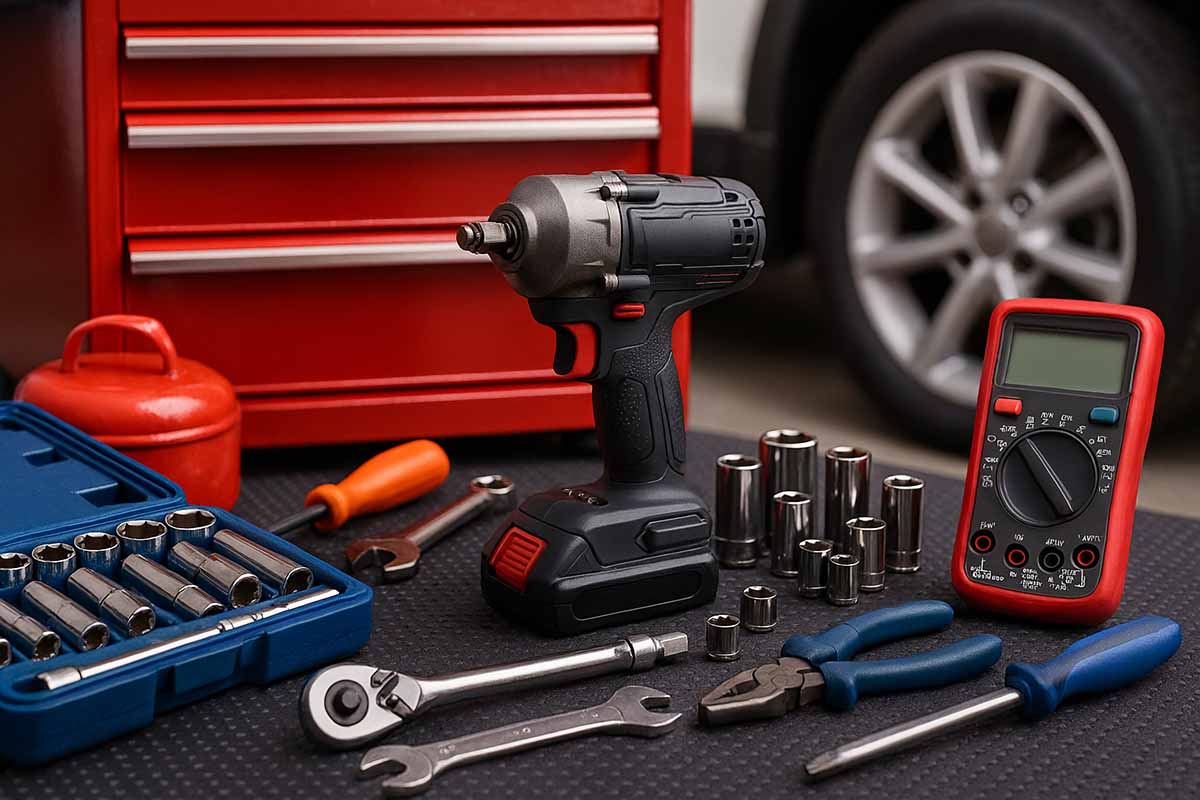Introduction
The automotive industry is transforming faster than ever. Automation, smart factories, and connected production lines are no longer the future—they’re here today. Understanding the latest trends in automotive manufacturing automation is essential for professionals, engineers, and anyone involved in the supply chain. In this article, we break down the technologies, strategies, and innovations shaping car production worldwide.
1. Robotics and Collaborative Robots (Cobots)
Robotics have been a staple in automotive assembly for decades, but the rise of collaborative robots (cobots) is changing the game. Unlike traditional industrial robots, cobots work safely alongside humans, performing tasks like welding, assembly, painting, and material handling.
Key trends:
- Increased flexibility for small-batch production
- Integration with AI for adaptive decision-making
- Enhanced safety protocols reducing workplace accidents
Lesser-known fact: Some cobots are equipped with force-sensing technology that allows them to adjust their grip automatically, reducing product defects.
2. Industry 4.0 and IoT Integration
Smart factories are becoming standard in automotive manufacturing. Sensors, IoT devices, and connected machines provide real-time monitoring and predictive maintenance capabilities.
Benefits:
- Reduced downtime through predictive alerts
- Optimized production workflows
- Data-driven decision-making for quality and efficiency
Example: BMW and Tesla factories are using IoT-enabled systems to monitor equipment performance and energy usage, reducing operational costs while increasing output.
3. Artificial Intelligence and Machine Learning
AI is powering everything from defect detection to supply chain optimization. Machine learning algorithms can detect anomalies in production lines, predict part failures, and optimize inventory.
Key trend: Smart AI-driven quality control can reduce waste and improve throughput without human intervention.
Fun fact: Some automotive manufacturers now use AI-powered cameras to detect microscopic weld defects invisible to the human eye.
4. Additive Manufacturing (3D Printing) in Production
3D printing is no longer just for prototyping. Automotive manufacturers are now using additive manufacturing for end-use parts, tooling, and complex components.
Advantages:
- Customization of parts for limited production runs
- Reduced lead times for tooling
- Lightweight and durable components
5. Digital Twins and Simulation
A digital twin is a virtual replica of a production line or vehicle component. These allow manufacturers to simulate production processes, test changes, and predict outcomes before touching a physical part.
Benefits:
- Faster process optimization
- Lower cost of production changes
- Enhanced predictive maintenance
6. Green and Sustainable Automation
Automation now includes sustainability as a key driver. Manufacturers are adopting energy-efficient robots, automated material recycling, and AI-driven energy optimization to reduce the carbon footprint of production.
Example: Volkswagen’s “Green Factory” initiative focuses on automated energy management and carbon-neutral assembly lines.
7. Challenges and Future Outlook
While automation brings efficiency, it also presents challenges:
- High initial investment
- Workforce reskilling requirements
- Cybersecurity risks for connected factories
Future trend: Expect tighter integration between humans, AI, and robots, creating hybrid teams that optimize production while maintaining flexibility.
You May Want to Read More About the Automotive Industry
- Industrial Tools in the Automotive Industry
- Digital Twins in Automotive Tooling: Smarter Maintenance, Fewer Breakdowns
- Comparing Pneumatic vs. Electric Tools in Automotive Workshops
- How Industry 4.0 Is Reshaping Automotive Assembly Lines
- Trends in Automotive Manufacturing Automation
- Impact of Industry 4.0 and IoT on Automotive Tooling
- Essential EV Toolkits for Modern Automotive Work
- Reviews of 5 Leading Automotive Tool Brands
- Top Tools for Automotive Repair and Diagnostics
- Specialized Equipment for Engine Rebuilding
- Automotive Fasteners and Torque Specs Explained
- Safety Tools and PPE in Automotive Workshops
- Troubleshooting Common Automotive Tool Problems
- Top Automotive Tool Brands Reviewed
- Fasteners in Automotive Manufacturing: What Makes the Cut?
- How to Use a Torque Wrench in the Automotive Industry
- Automotive Torque Wrench Buying Guide 2025
Conclusion
The automotive industry’s future is automated, connected, and intelligent. From robotics and AI to 3D printing and digital twins, manufacturers are redefining efficiency, quality, and sustainability. This global view ties together the more specific topics in our cluster, including automotive tools, torque specs, safety equipment, and diagnostics.
Stay updated on the latest automotive manufacturing innovations—explore our in-depth guides on tooling, fasteners, and workshop safety to see how these trends affect the hands-on side of the industry.





